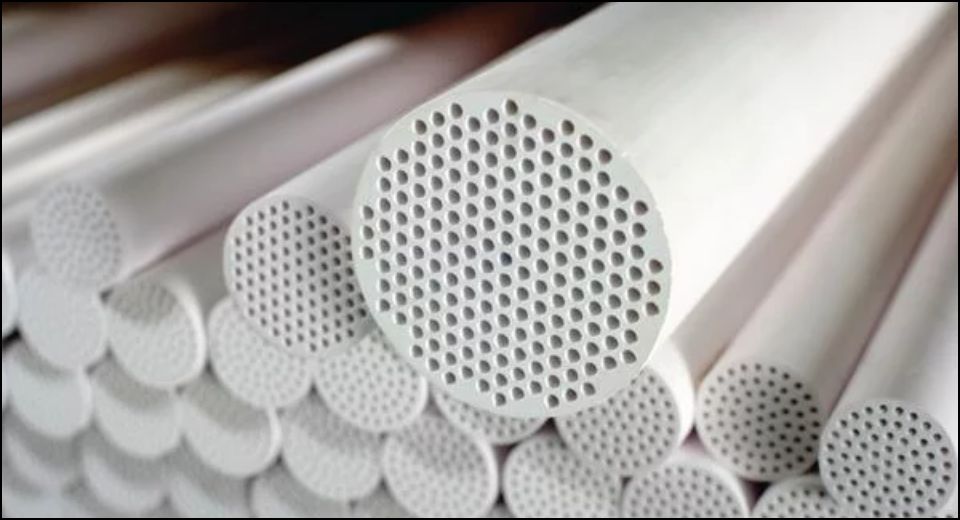
Mar 10, 2025

Published by Metastat Insight, the Global Ceramic Membrane Market Report offers an insider's analysis of an industry characterized by innovation, adaptation, and increasing demand across a range of sectors. Ceramic membranes are appreciated for their durability, chemical resistance, and high filtration efficiency, making them a sine qua-non to many applications around the globe. Whereas commercial applications and research seek sustainable and reliable means of purification and separation, the relevance of ceramic membranes is increasing, thereby indicating a general trend towards advanced materials with long-term performance.
In recent years, the ceramic membrane market has undergone a significant transformation under the influences of technology and rising demand for effective filtration systems. Ceramic membranes have been in demand due to their robust nature, high thermal stability, and resistance to harsh chemicals — properties that differentiate them from polymer systems. Thus, they are highly desirable in fields where stringent filtration and durable equipment are essential. Ceramic membranes maintain the interest of industries demanding superior filtration solutions, such as water treatment, pharmaceuticals, food and beverage, and biotechnology, because of their properties that can withstand severe conditions and maintain efficiency.
With such a unique feature, ceramic membranes stand apart from other kinds of membranes: they can withstand extreme temperatures and aggressive environments, while filtration quality is never compromised. They are long-lasting and resistant to mechanical stress, which, in time, makes them cost-effective even if the initial costs are a bit high compared to other types of membranes. This feature saves costs because there are fewer replacements and repairs, making it a preferred technology for companies that think in the long term about their expense. Additionally, regarding water treatment, these membranes perform best in removing contaminants, even in severely polluted sources of water. This gives even more importance to ceramic membranes in tackling the water shortage and quality problem worldwide.
In addition, pharmaceutical and biotechnological industries have been using ceramic membranes increasingly because they have potential use in producing consistently high-purity products. Exactitude and dependability are not negotiable in these industries where even a small impurity may meddle with the safety and efficacy of the product. A ceramic membrane is among the most dependable solutions for that because it separates fine particles, microorganisms, and import materials, maintaining the highest quality standard of production required. Its role in the food and beverage industry is equally important as it enables the assured and successful handling of such liquids as juices, dairy, and alcoholic beverages, where clarity and stability of product are required.
The innovation trajectory still continues to unfold in the ceramic membrane scene. Makers of membranes are at work trying to find ways of increasing the efficacy of membranes, as well as broadening the application field. Through years of research and development work, advanced ceramic membranes have emerged, being characterized by increased permeability and selectivity that ultimately lead to minimized processing time and maximized energy efficiency. These innovations not only optimize industrial processes but also contribute to sustainability, including reducing water and energy consumption, an issue that companies continue to prioritize across the sectors.
Besides, the overall trend toward environmentally friendly-technologies has increased the overall attractiveness of ceramic membranes. They happen to be extreme condition-compatible without any chemical additives, which is part of the larger movement for green manufacturing. In this way, companies around the world are making strides toward sustainably reducing their environmental footprints-the adoption of such solid and efficacious filtration technologies will further encourage that trend towards tight, efficient manufacturing.
Geographically, the ceramic membrane market reflects different dynamics across the regions, depending on local industrial requirements, policy enactments, and technological exposure. The developed economies will largely be found spearheading the advanced filtration technologies as they develop stringent environmental standards and high-quality production processes. An equally promising future lies ahead for the developing markets.
Drop us an email at:
Call us on:
+1 214 613 5758
+91 73850 57479